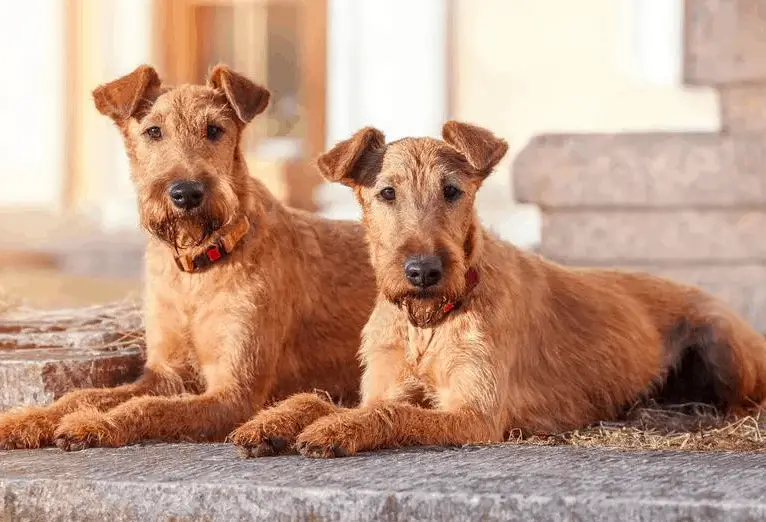· comparisons · 3 min read
Great Pyrenees Vs Samoyed Dog Breed Comparison And Difference

Great Pyrenees Vs Samoyed Dog Breed Comparison And Difference. At first glance, a Samoyed could seem like a minor version of a Great Pyrenees. However, even though they share a muscular build and a fluffy, light-coloured coat, these canines couldn’t be more different in temperament. Samoyeds are kind, adaptable, and people-pleasing, but they have special grooming requirements and an annoying bark.
The Great Pyrenees
The Pyrenees Mountains, straddling the border between France and Spain, are the birthplace of the Great Pyrenees breed. Their primary function was to shepherd sheep, which they often did without human assistance. This shaped them into fiercely autonomous, courageous, brave, and observant canine companions. These qualities and their unwavering devotion to their masters make them ideal security dogs and household companions.
Samoyed
Originating in what is now Western Siberia & Northwest Russia, the Samoyed is an ancient breed. An integral component of the Samoyede people’s heritage, who originally inhabited this area.
The Samoyeds were invaluable in the harsh Siberian climate, not only for their ability to assist pull the sledges, herd animals, hunting reindeer, and offer tracking services but also for the company and comfort they supplied on those long, dark evenings. In addition, they were ordinary members of arctic expeditions because of their resistance to subzero temperatures.
Great Pyrenees Vs Samoyed Dog
Size
The Great Pyrenees may reach a height of up to 32 inches, making it the tallest dog breed. As a result, they may be challenging to manage when on a leash, and additional issues arise, such as the need to carry them if they are ill or wounded and unable to walk physically. In addition, the costs associated with feeding and caring for a big dog are significantly higher.
Samoyeds are much smaller than other dog breeds, with an average size of approximately 19-23.5 inches and weighing 35-65 pounds. Their small stature makes them less effective as guard dogs, but they make excellent home companions.
Temperament
Samoyeds are family-oriented canines who thrive on social interaction, particularly with young household members. They flourish when they are part of the family and have a job to perform. However, they are prone to boredom and even depression when alone for long periods. They may become downright destructive under pressure.
Samoyeds are not appropriate for guarding jobs because, in addition to being very friendly towards people, they are also overly friendly towards strangers.
The great Pyrenees have a long history of working with humans, although these days, they are more often recognised for their role as loving household pets. They’re big yet delightful, peaceful, and good-natured. They will do everything for their loved ones.
They no longer regularly care for sheep, so they have grown to see their family as the flock and would do everything to keep them safe. Combined with their innate vigilance and wariness of outsiders, these characteristics make them excellent guard dogs. They have a strong sense of independence, making them difficult to handle for inexperienced owners.
Lifespan of Great Pyrenees vs Samoyed
There is no deviation from the norm that smaller breeds have longer lifespans, and these three are no exception. Compared to the Great Pyrenees’ lifespan of 10-12 years, the Samoyed’s lifespan is much longer at 12-14 years.




